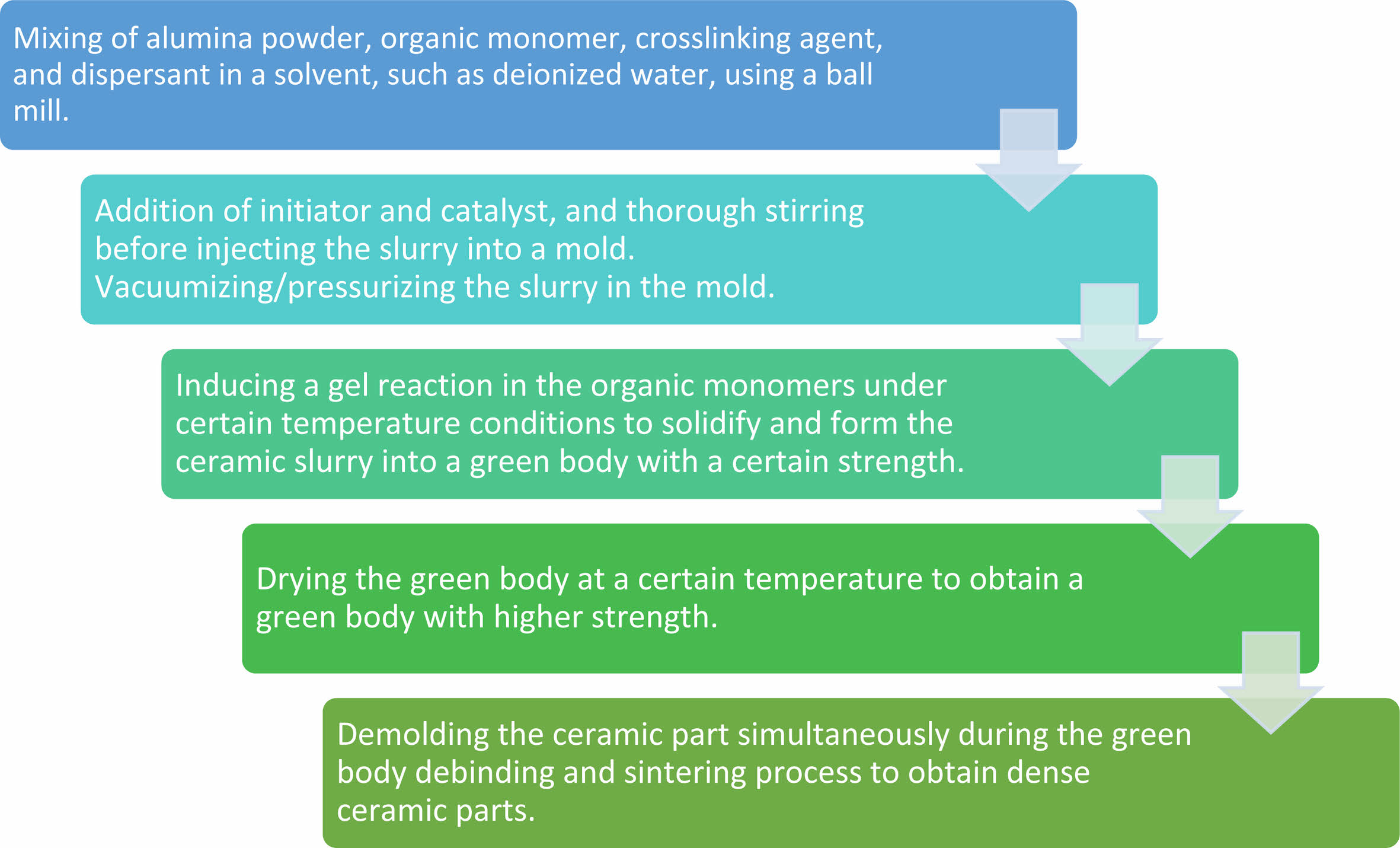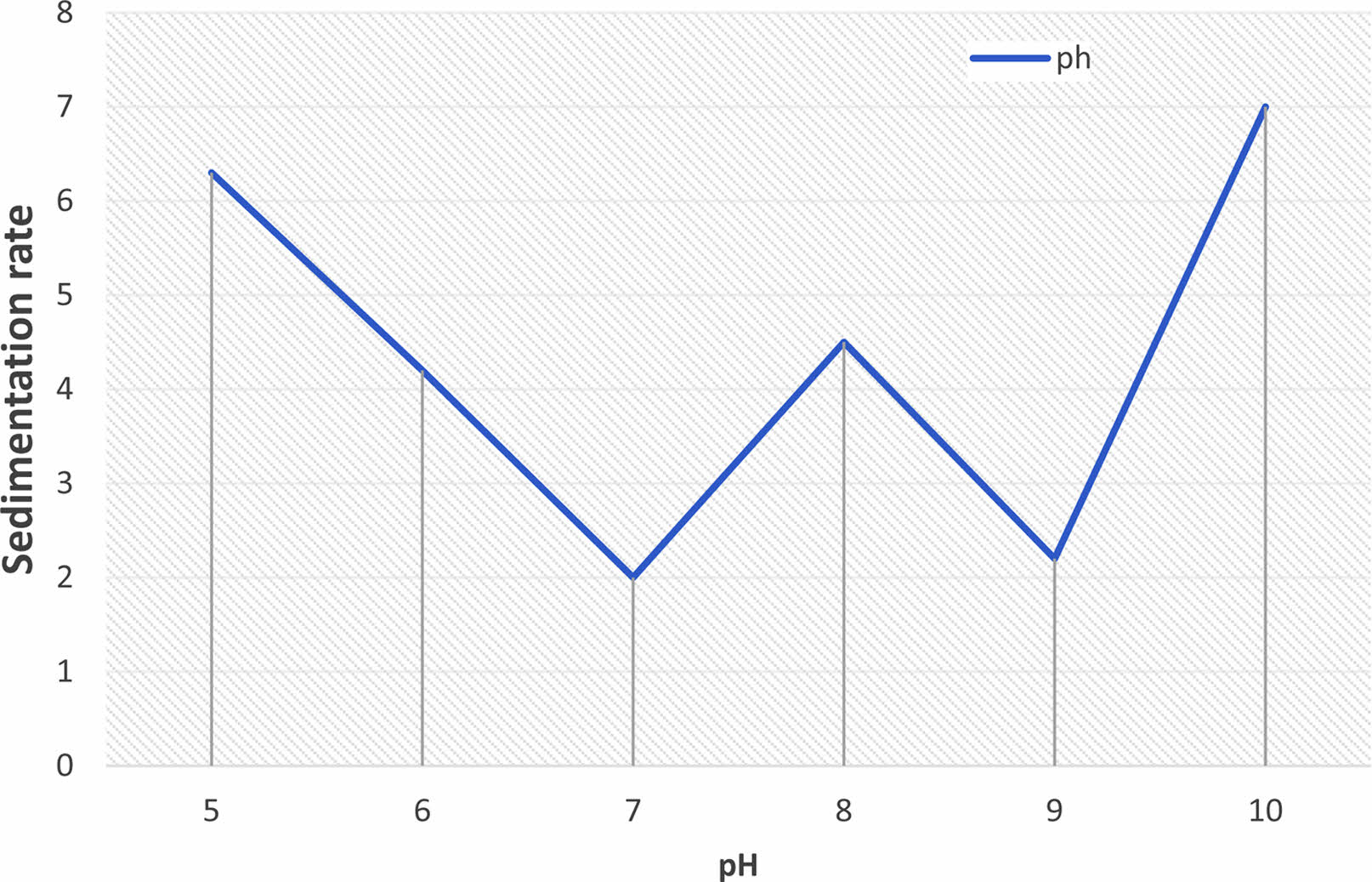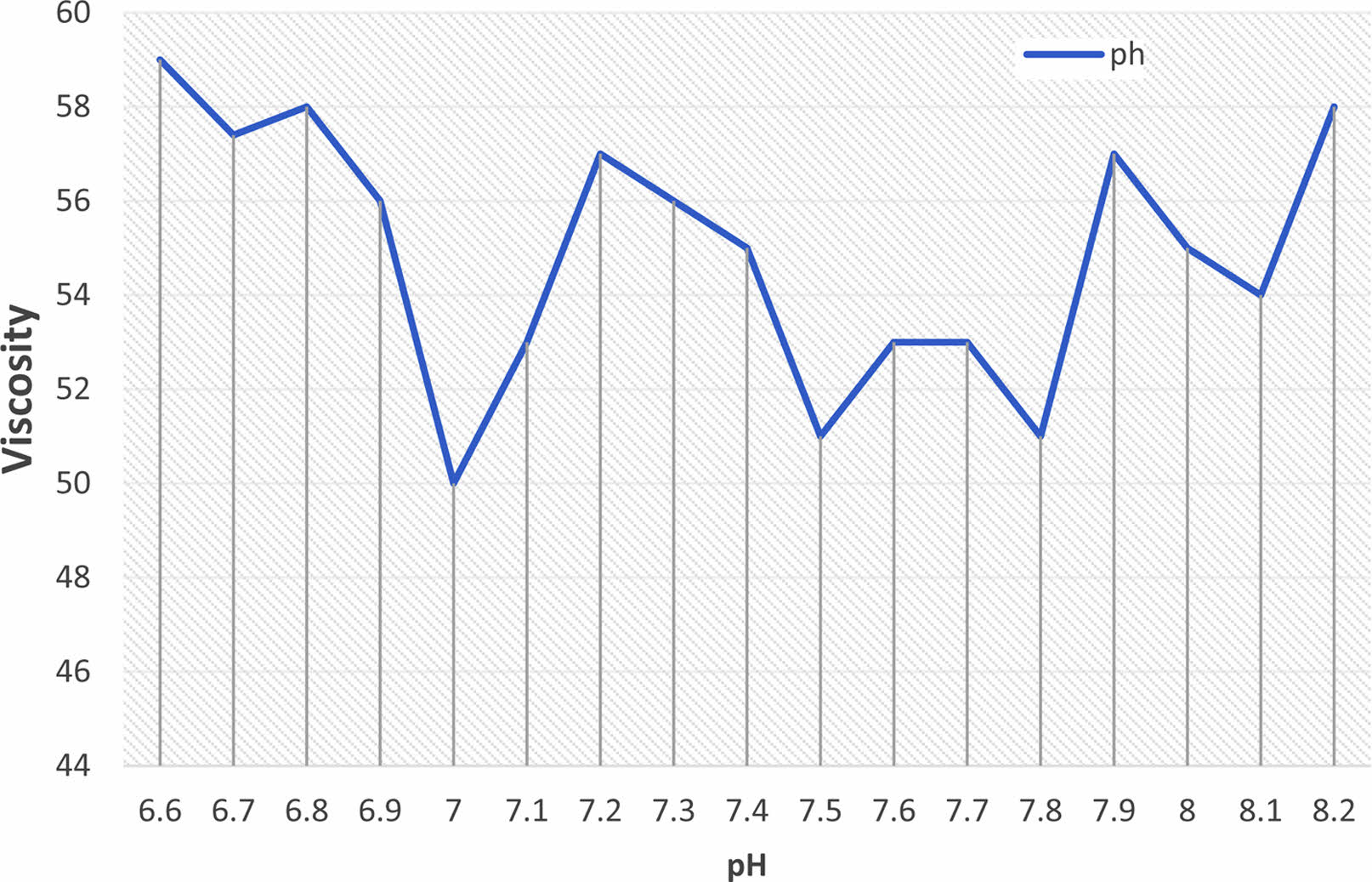- Application of porous ceramic decorative plate materials in industrial design
Shanghong Yu*
School of Art and Design, Zhengzhou University of Industrial Technology, Zhengzhou, Henan 451150, China
This article is an open access article distributed under the terms of the Creative Commons Attribution Non-Commercial License (http://creativecommons.org/licenses/by-nc/4.0) which permits unrestricted non-commercial use, distribution, and reproduction in any medium, provided the original work is properly cited.
This research seeks to revolutionize interior landscape design by employing cutting-edge technologies such as 3D printing and Nano porous ceramic sheets. The proposed method uses photo curing molding technology to create highly accurate resin molds, which are then used to form complex structural porous ceramic parts using a vacuum pressure process with a low-viscosity, high-solid-content alumina ceramic slurry. In addition, this study examines how various factors, such as the pH level of the slurry, the dispersant dosage, and the use of vacuum pressure, influence ceramic molding. The results show that under specific circumstances, alumina ceramics with a high-volume fraction, porosity, and compressive strength can be produced. This enables the production of porous ceramic components with complex structures using ceramics, providing a practical and cost-effective solution
Keywords: Traditional ceramic, 3D Printing technology, Porous nanomaterials, Photocuring, Gel injection are the keywords for this paper
The use of nano-ceramic materials in interior landscape design has a variety of advantages. These materials, which have a nanometer-scale microstructure, are stronger, more durable, and more flexible than conventional engineering ceramics. This makes them ideal for use in high-stress environments, such as tall buildings, and permits the creation of more intricate and intricate designs. In addition to enhancing the overall environment of a building, they can also reduce its environmental impact [1].
The enhanced strength and toughness of nano-ceramic materials is one of their primary advantages. They can withstand high temperatures and pressure, making them appropriate for use in high-stress environments such as tall buildings. In addition, their enhanced super plasticity enables the creation of more complex and intricate designs, which can enhance the aesthetic appeal of interior spaces [2, 3].
The ability of Nano-ceramic materials to improve the environmental performance of buildings is another significant advantage. These materials can withstand high temperatures and pressure, making them appropriate for use in high-stress environments such as tall buildings. The burgeoning field of interior landscape design combines the aesthetics of nature with the practicality of indoor spaces. It is gaining popularity in urban areas where individuals are seeking ways to reconnect with nature and enhance their mental health. Utilizing natural elements such as plants, water features, and rocks can create a more pleasant and relaxing environment, thereby reducing stress and enhancing overall health.
The use of lighting is one of the most important components of interior landscape design. Proper lighting can be used to create a sense of warmth and cosiness, as well as to highlight specific features or establish a particular mood. Natural light is crucial for establishing a connection with the outside world. This can be accomplished by adding skylights, large windows, or green roofs to the structure.
Interior landscape design requires color as well. Color can create a tranquil or dramatic atmosphere. The use of natural colors such as green, brown, and blue can help to evoke a sense of connection with nature, while more vibrant hues can evoke feelings of energy and vitality. Interior landscape design is also characterized by the utilization of plants. Plants can aid in enhancing air quality, reducing noise levels, and creating a tranquil environment. Additionally, they can be used to create a sense of privacy or scale. There are numerous plant varieties suitable for use in interior landscape design, including tropical plants, succulents, and herbs.
Interior landscape design is a complex field that necessitates a comprehensive understanding of the various components that contribute to the overall design. In the coming years, the field is likely to continue to develop and grow in popularity due to technological advancements and a heightened awareness of the significance of nature in our lives. This creates new opportunities for their use in interior design, including the ability to create intricate and complex patterns, withstand high temperatures and pressure, and enhance the environmental performance of buildings.
In addition to their practical benefits, nano-ceramic materials can also be used to create visually stunning interior landscapes. They can imitate the natural beauty of traditional landscape elements such as plants, rocks, and water features, thereby contributing to the creation of a more natural and calming environment. Furthermore, the use of nano-ceramic materials in interior landscape design can contribute to the creation of a more sustainable and eco-friendly living environment [9].
Conclusion: the use of nano-ceramic materials in interior landscape design has the potential to revolutionize the field by providing a vast array of advantages. These materials can improve the strength, toughness, and super plasticity of conventional engineering ceramics, thereby expanding their interior design applications. In addition, they can create visually stunning interior landscapes and contribute to an eco-friendlier and sustainable living environment [10].
Ceramics have been an integral part of Chinese culture for centuries, with a wide range of applications in various fields. In traditional ceramics, the use of ceramics in daily life such as pottery, and traditional Chinese porcelain has been famous worldwide for its beauty and durability. Modern ceramics include electrical, structural, and special ceramics [11]. Ceramics are used in these areas because of their high resilience to high temperatures, high hardness, and high thermal conductivity.
However, traditional methods of preparing ceramics can be limited by the high temperatures required for sintering, which can affect the shape, size, and properties of the final product. Additionally, ceramics are known to be brittle which makes it difficult to reprocess them after sintering, making it hard to achieve high surface quality and precision. To overcome these challenges, modern technology has presented a valuable solution in the form of 3D printing [12].
The technique of 3D printing, more precisely the technology of 3D laser printing, employs the usage of adhesive material to print, layer by layer, in order to create a 3D object model. The rapid prototyping technology has also made major gains and is currently utilized in a broad variety of fields as a result of the ongoing development of the 3D laser printing technology. This technique shortens the time it takes to go from designing something to having it printed, saving both time and effort [13].
Ceramics with pores contain a great number of pores. Because of the presence of pores, porous ceramics have a low apparent density, are lightweight, have great filtration and absorption capabilities, and have excellent sound and heat absorption capabilities. They are able to filter and separate fluids, lower noise levels, buffer and absorb energy, safeguard electromagnetic communications, insulate, and catalyze. Additionally, they can minimize noise. It is difficult to directly create complicated geometries of high-strength and high-performance ceramic structural elements because ceramics have low conductivity, high hardness, and high melting temperatures. As a result of these properties, it is difficult to make ceramics into high-performance structural elements. Ceramics are quite hard. Gel injection molding is a method that can get over these obstructions. It is able to produce embryos that are green, have exceptional mechanical strength, and are not constrained by complicated shapes and sizes. This technique makes it straightforward to produce porous ceramic materials, allows for the modification of the mold's shape, and is both productive and economical [14]. When producing porous ceramic pieces with intricate structures, the research team also investigates the factors that influence the structural integrity of ceramic slurry as it is poured into intricate structural molds. This allows the team to better understand the factors that influence structural integrity. Because of this, porous ceramic components will be possible. This includes the rheology of the ceramic slurry, its stability, and its capacity to fill the mold with solely gravity as the filling agent. The company manufactures an alumina ceramic slurry that possesses excellent levels of homogeneity, fluidity, stability, and solid content all at the same time. They fill complicated structural molds with the help of machinery that uses vacuum pressure. This uncomplicated process generates porous ceramic sculptures with intricate architectures using minimal machinery and raw resources [15]. The end result is ceramic sculptures.
Methodologies
This study examined the mechanical properties of ceramic materials and the use of gel injection molding to make porous ceramic pieces with intricate forms. The research team analyzed the mesoscopic micro crack surface of ceramic materials using mathematical models such the governing equation f(x) = v + Cv (X,t). t indicates transit time, CF represents failure wave propagation velocity, and X represents microcrack surface area. This simplified ceramic impact and compression loads [16].
This study included organic monomer meth acrylamide (MAM), cross linker methylenebisacrylamide (MBAM), catalyst TEMED, ammonium persulfate (APS), and ammonium polymethacrylate ammonium. Alumina powder had an average particle size of 200 nm. A powder suspension slurry for powder coating was made by ball milling alumina powder, organic monomer, crosslinking agent, and dispersion in a preset ratio with solvent deionized water [17]. The gel injection molding process followed a specific flow: after adding an initiator and a catalyst to the slurry, it was stirred well and then injected into the mold before being pressurized or vacuuming. The organic monomers then go through a gel reaction at a predetermined temperature, solidifying the ceramic slurry and creating a green body with a predetermined level of strength. This method allowed for the production of porous ceramic materials with complex shapes and sizes, and with high mechanical strength. The research team aimed to provide a reference for the preparation of porous ceramic parts with complex structures, using less equipment and raw materials and a simple process [18].
Discussion
Gravity settles the slurry's ceramic particles, indicating its stability. Slurry sedimentation and viscosity were measured after thorough mixing.
Figure 2 shows sedimentation rate vs. pH. As shown in the graph, sedimentation is low when pH is around 9, improving slurry stability. Fig. 2 shows the pH-slurry viscosity relationship. As pH increased, slurry viscosity decreased, reaching a minimum at 8.5. Slurry viscosity increased with pH. On one hand, the dispersant will dissociate in the slurry to produce acid ions and NH+4 ions [19]. When the pH value is low, the dissociation degree is low, and the polymer electrolyte is easy to agglomerate, reducing the slurry's dispersibility. Dispersant dissociation and electrostatic repulsion increase with pH. Figs. 1 and 2 show that pH affects slurry stability and viscosity. Slurry sedimentation and viscosity were lowest at pH 9. At this pH, the dispersant prevents ceramic particles from settling and keeps the slurry fluid [20]. This study's polymer electrolyte dispersant (PMAA-NH4) dissociates into acid ions and NH+4 ions in the slurry. When the pH is low, the dispersant's dissociation degree is low, and the polymer electrolyte is more likely to agglomerate, decreasing the slurry's dispersibility and increasing sedimentation. When the pH value is high, the dispersant dissociates more and the electrostatic repulsion between acid ions and NH+4 ions increases, decreasing the likelihood of agglomeration and increasing the slurry's dispensability [21].
Slurry viscosity increases with pH. As the pH value rises, the number of acid ions in the slurry rises, increasing the number of ionic interactions between the acid ions and the ceramic particles, which increases the viscosity. Fig. 2 shows that slurry viscosity increases with pH.
The slurry was poured into the mold and vacuum-pressed for various times to test how vacuum pressure affects ceramic molding. Alumina ceramics with a volume fraction of 52%, a porosity of 51.5%, and a compressive strength of 40.1 MPa can be made under pH 9, 0.4% dispersant, and 90 minutes of vacuum pressure. This shows that vacuum pressure can fill ceramic slurry into complex structures to create porous ceramic components. The research team produced high-volume fraction, low-porosity, and high-compressive strength alumina ceramic materials by optimizing pH, dispersant dosage, and vacuum pressurization. The difficulty of forming porous ceramics with complex structures, lengthy mold production cycles, and high costs can be overcome by using 3D printing technology and porous nano-ceramic decorative sheet in interior landscape design. Fig. 3

|
Fig. 1 Process of Gel Modeling. |

|
Fig. 2 Relationship between pH and sedimentation rate. |

|
Fig. 3 Viscosity Vs pH value. |
In conclusion, the use of 3D printing technology and porous nano-ceramic decorative sheets in interior landscape design presents a plethora of possibilities and opportunities for the future. While the preparation technologies for nano-ceramics are still in their experimental stages and face challenges such as low output and high costs, there is no denying the potential for these materials to revolutionize the ceramic industry and bring about new and exciting properties and functions. The research and development of nano-ceramics is an exciting prospect and we look forward to seeing its applications in various fields, including engineering and everyday life.
- 1. J. Guo, J. Chemistry, Volume 2022 (Article ID 9728402).
-

- 2. S.M.D.S. Pizzatto, F.O. Pizzatto, E. Angioletto, S. Arcaro, E. Junca, and O.R. Klegues Montedo, Int. J. Appl. Ceram. Technol. 18[5] (2021) 1734-1742.
-

- 3. M.J. Mirzaali, V. Moosabeiki, S.M. Rajaai, J. Zhou, and A.A. Zadpoor, Materials 15[15] (2022) 5457.
-

- 4. J. Bentley, S. Desai, and B.P. Bastakoti, Chemi. A. Europe. J 27[36] (2021) 9241-9252.
-

- 5. I.J. Kim, J. Ceram. Process. Res. 11[4] (2010) 411-418.
-

- 6. F. Zhang, Y. Si, J. Yu, and B. Ding, Chemical Eng. J (2022) p. 140989.
-

- 7. H. Ren, WCMC (Article ID 5733761), (2022).
-

- 8. Y. Zhu, B. Guo, W. Zuo, K. Jiang, H. Chen, and J. Ku, Mater. Chem. Phys. (2022) p. 126315.
-

- 9. P. Kumar, S.K. Sharma, and R.K.R. Singh, Mater. Manuf. Proces. (2022) p. 1-35.
-

- 10. D. Yoon, J. Ceram. Process. Res. 7[4] (2006) 343.
- 11. Liu, D., Jiang, P., Li, X., Liu, J., Zhou, L., Wang, X. and Zhou, F., Chem. Eng. J. 397 (2020) 125392.
-

- 12. I.J. Lee, Y.G. Kim, V. Elayappan, J. Kim, K. Kim, H.S. Noh, and H. Lee, Ceram. Int. 46[3] (2020) 3113-3118.
-

- 13. P. de Oliveira Piccolo, A. Zaccaron, L.B. Teixeira, E.G. de Moraes, O.R.K. Montedo, and A.P.N. de Oliveira, 45 (2022) 103543.
-

- 14. A. Gisario, M. Kazarian, F. Martina, and M. Mehrpouya, J. Manuf. Sys. 53 (2019) 124-149.
-

- 15. Z. Long and J. Ouyang, Comp. Int. Neuro. Science (2022).
- 16. W. Yan, N. Li, and B. Han, J. Ceram. Process. Res. 11[3] (2010) 388-391.
-

- 17. D.D.F. Del Rio, B.K. Sovacool, A.M. Foley, S. Griffiths, M. Bazilian, J. Kim, and D. Rooney, Rene. Sust. Ene. Reviews 157 (2022) 112081.
-

- 18. M.B. Kumar and P. Sathiya, Thin-Wall. Struc. 159 (2021) 107228.
-

- 19. A. Goldstein, A. Krell, and Z. Burshtein, John Wiley & Sons (2020).
-

- 20. S. Recillas, V. Rodríguez-Lugo, M.L. Montero, S. Viquez-Cano, L. Hernandez, and V.M. Castano, J. Ceram. Process. Res. 13[1] (2012) 5-10.
-

- 21. A. Jandyal, I. Chaturvedi, I. Wazir, A. Raina, and M.I.U. Haq, Sust. Oper. Comp. 3 (2022) 33-42.
-

 This Article
This Article
-
2023; 24(3): 503-506
Published on Jun 30, 2023
- 10.36410/jcpr.2023.24.3.503
- Received on Jan 30, 2023
- Revised on Mar 14, 2023
- Accepted on Mar 20, 2023
 Services
Services
Shared
 Correspondence to
Correspondence to
- Shanghong Yu
-
School of Art and Design, Zhengzhou University of Industrial Technology, Zhengzhou, Henan 451150, China
Tel : 0371-85011888 Fax: 0371-85011888 - E-mail: ShanghongYu8@126.com






 Copyright 2019 International Orgranization for Ceramic Processing. All rights reserved.
Copyright 2019 International Orgranization for Ceramic Processing. All rights reserved.